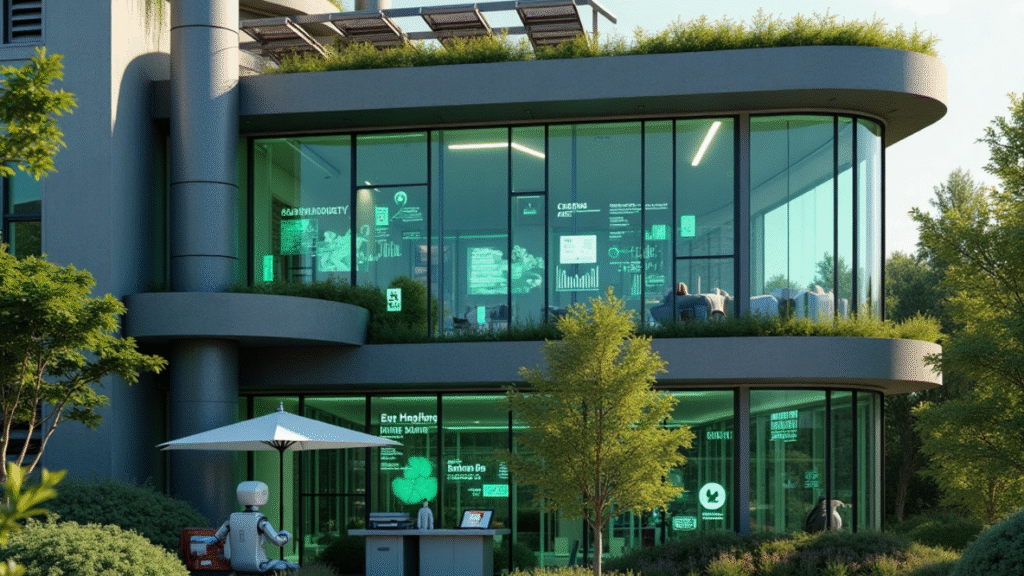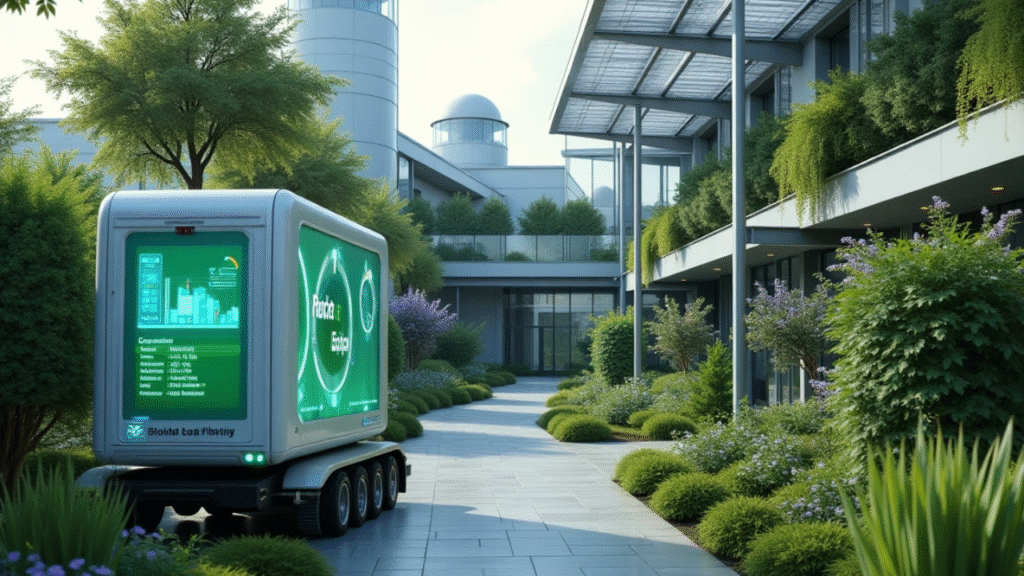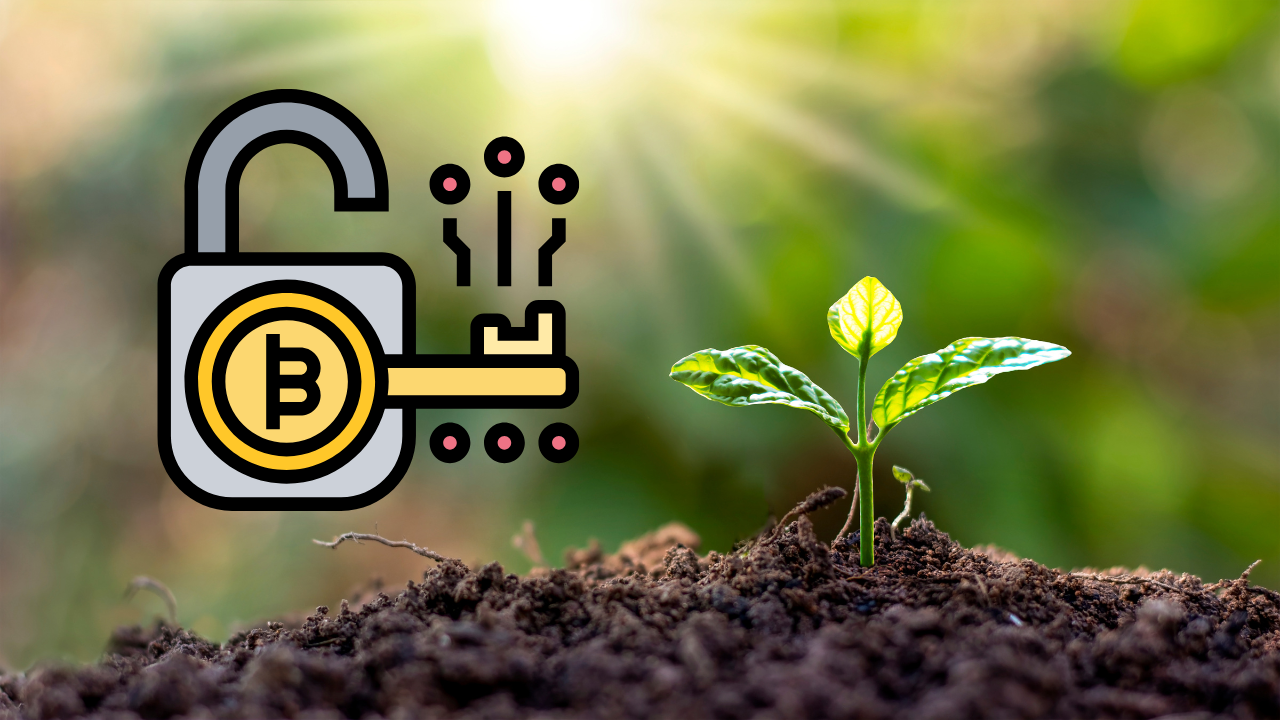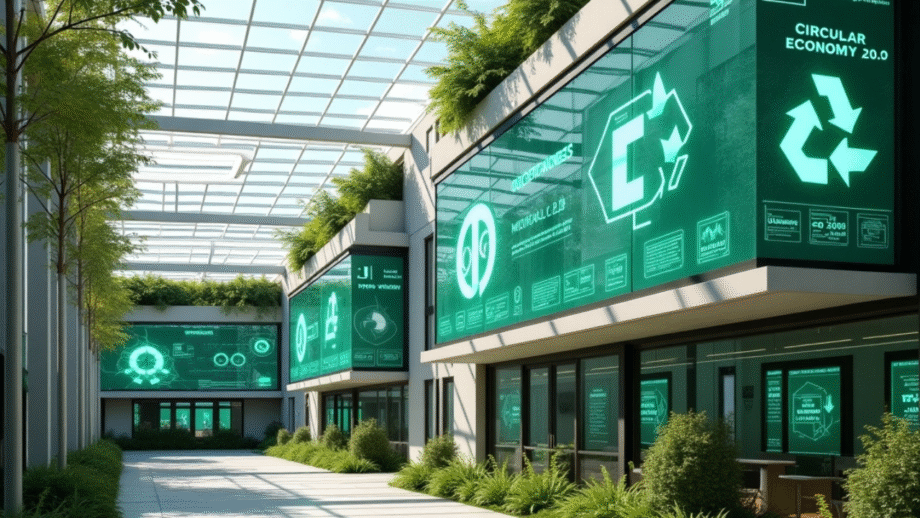In today’s world, sustainability isn’t just a buzzword — it’s a necessity. As urban populations grow and consumption patterns accelerate, waste is piling up faster than ever. Traditional recycling methods, while useful, are no longer enough to handle the scale of the problem. That’s where Circular Economy 2.0 comes in — a smarter, tech-driven model that leverages innovation to recycle, reuse, and repurpose materials at an unprecedented level.
From artificial intelligence (AI) that sorts waste in seconds to blockchain systems ensuring transparency in supply chains, Circular Economy 2.0 is reshaping how we think about waste and sustainability.
What is Circular Economy 2.0?
The classic “circular economy” focuses on minimizing waste by reusing and recycling products. Circular Economy 2.0, however, takes this concept further by embedding digital transformation, automation, and smart technology into recycling systems. Instead of simply recycling plastics or metals, it reimagines entire waste management processes using tools like IoT sensors, AI algorithms, and robotics.
In simple terms: Circular Economy 2.0 = Circular Economy + Tech Innovation.

AI-Powered Recycling Systems
One of the biggest game-changers in Circular Economy 2.0 is the use of artificial intelligence in waste management. Smart AI-driven machines can now:
- Identify materials instantly using computer vision.
- Sort plastics, metals, and paper with higher accuracy than humans.
- Reduce contamination rates that often make recycled materials less valuable.
For example, modern recycling facilities equipped with AI-powered robots can process tons of waste daily with remarkable precision, ensuring more materials are recycled instead of ending up in landfills.
Smart Waste Bins and IoT Integration
Remember the days when recycling bins were just simple containers? In Circular Economy 2.0, bins themselves are becoming intelligent.
- IoT-enabled bins can detect the type of waste you’re throwing away.
- Some bins even reward users with points or credits for recycling properly.
- Cities are adopting smart collection systems that alert waste trucks only when bins are full, cutting unnecessary fuel consumption.
This integration of IoT technology makes recycling more efficient and user-friendly, encouraging greater participation in sustainable practices.
Blockchain for Transparent Recycling
One of the biggest challenges in recycling is trust and accountability. How do we know materials are truly being recycled and not shipped to landfills overseas?
Circular Economy 2.0 introduces blockchain technology to tackle this issue. Blockchain creates digital ledgers that track materials across their lifecycle — from collection to recycling to resale. Companies and consumers can verify that products are recycled responsibly, boosting confidence in the system.
This transparency also helps businesses meet stricter sustainability regulations and achieve net-zero goals.

Robotics and Automation in Recycling Plants
Manual sorting of waste has always been slow, costly, and error-prone. But with Circular Economy 2.0, automation is transforming recycling plants.
- Robotic arms with AI-powered sensors can pick, sort, and separate waste streams faster than human workers.
- Automated conveyor systems streamline processes and reduce human labor costs.
- Smart recycling plants can now process materials 24/7 without fatigue.
This makes recycling faster, safer, and more profitable — key to scaling up sustainability globally.
Recycling Innovations in Action
Here are a few exciting real-world examples of Circular Economy 2.0 in action:
- Plastic-to-Fuel Technology: Advanced chemical recycling converts non-recyclable plastics into biofuels.
- E-Waste Recycling: AI and robotics extract valuable metals like gold and copper from discarded electronics.
- 3D Printing with Recycled Plastics: Old plastic bottles are being repurposed into raw material for 3D printers.
- Construction Waste Innovation: Concrete and bricks from demolished buildings are being recycled into new construction materials.
These innovations showcase how tech-powered recycling is creating real impact.
The Benefits of Circular Economy 2.0
Adopting Circular Economy 2.0 comes with game-changing benefits:
- Environmental Impact: Less waste in landfills and reduced carbon emissions.
- Economic Growth: New jobs in green tech and recycling industries.
- Cost Efficiency: Smart systems lower operational costs over time.
- Transparency: Blockchain ensures accountability in recycling processes.
- Innovation-Driven Sustainability: Tech continues to evolve, improving recycling efficiency year by year.

Challenges Ahead
Of course, Circular Economy 2.0 is not without challenges. High upfront costs for advanced recycling technology, lack of awareness among consumers, and varying government regulations can slow progress. However, as tech becomes more affordable and sustainability becomes a global priority, these barriers are shrinking.
The Future of Circular Economy 2.0
Looking ahead, Circular Economy 2.0 is set to grow rapidly as more nations embrace tech-powered recycling innovations. We can expect to see:
- AI-powered recycling plants in every major city.
- Smart waste systems integrated with urban planning.
- Global blockchain networks tracking recycled materials.
- Circular product design, where items are built to be recycled from the start.
In short, Circular Economy 2.0 isn’t just about managing waste — it’s about building a smarter, greener, and more sustainable world.
Final Thoughts
The future of sustainability lies in Circular Economy 2.0, where technology and recycling come together to create innovative, efficient, and eco-friendly solutions. With AI, IoT, blockchain, and robotics leading the charge, we are moving toward a world where waste isn’t just discarded but transformed into valuable resources.
By embracing tech-powered recycling innovations, we’re not only protecting the planet but also unlocking economic opportunities for generations to come.







